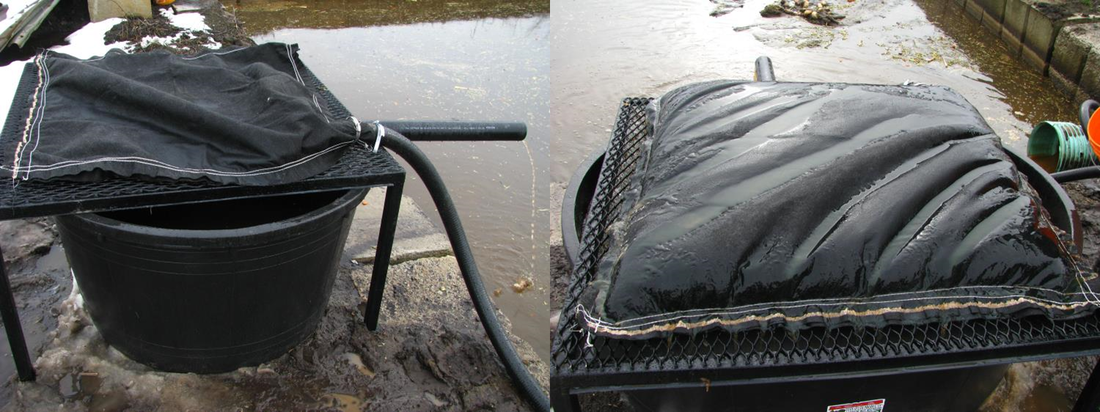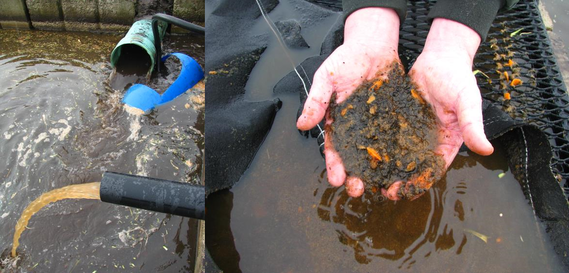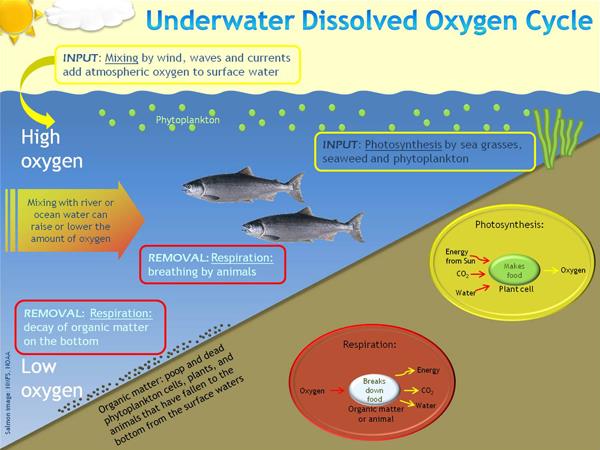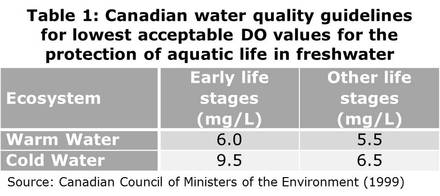The filter bag system was certainly successful at removing solids from the washwater and since they are collected in a bag, the discarding of the waste is straightforward. Unlike settling ponds, which have to be dug out on a regular basis, the bag can simply be replaced with a new one when full.
A larger sized filter bag will be tested in the future to further review the benefits and challenges this system presents.




 RSS Feed
RSS Feed
